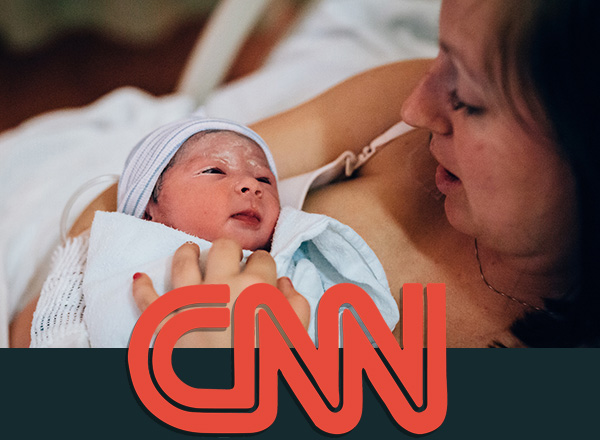Frozen Embryo vs. Fresh Embryo: Which IVF Option is Right for You?

One of the most important decisions in your IVF journey is choosing between fresh embryo transfer and frozen embryo transfer (FET). This fresh embryo transfer vs frozen embryo transfer decision impacts your treatment timeline, success rates, and overall experience. Both approaches have proven successful in helping couples achieve pregnancy, but understanding their differences can help you make the best choice for your situation.
Understanding Fresh Embryo Transfer
Fresh embryo transfer occurs within 3-5 days after egg retrieval. Your freshly fertilized embryos are cultured in the lab, and the highest-quality embryo is selected for immediate transfer into your uterus.
The fresh transfer process:
- Ovarian stimulation and egg retrieval
- Fertilization in the laboratory
- Embryo development monitoring for 3–5 days
- Direct transfer without freezing
Advantages of fresh transfer:
- Shorter timeline from retrieval to potential pregnancy
- No freezing or storage costs
- Immediate opportunity for pregnancy
- Single treatment cycle
Potential drawbacks:
- Elevated hormone levels from stimulation may reduce uterine receptivity
- Risk of ovarian hyperstimulation syndrome (OHSS)
- Less flexibility in timing
- No opportunity for genetic testing
Understanding Frozen Embryo Transfer (FET)
Frozen embryo transfer involves cryopreserving embryos after fertilization and transferring them during a separate, carefully prepared cycle. This approach has become increasingly popular in modern fertility clinics.
The FET process:
- Egg retrieval and fertilization
- Embryo cryopreservation using advanced vitrification
- Uterine lining preparation in a subsequent cycle
- Thawing and transfer of selected embryo
Advantages of frozen transfer:
- Allows complete recovery from stimulation medications
- Better uterine receptivity without elevated hormone levels
- Flexibility in transfer timing
- Opportunity for preimplantation genetic testing (PGT)
- Multiple transfer attempts from one egg retrieval cycle
Potential drawbacks:
- Additional storage fees and costs
- Longer wait time before transfer
- Small risk of embryo damage during freezing/thawing process
Success Rates and Outcomes
Recent studies show that frozen embryo transfers often achieve comparable or even higher success rates than fresh transfers. This is primarily because the uterine environment is more optimal when not influenced by high hormone levels from stimulation medications.
Many fertility clinics now default to freeze-all cycles, particularly for patients who:
- Have high hormone levels after stimulation
- Are at risk for OHSS
- Want genetic testing of embryos
- Have thin uterine lining at retrieval
Making Your Decision
Your fertility specialist will consider several factors when recommending fresh vs frozen embryo transfer:
Medical factors:
- Hormone levels after egg retrieval
- Risk of ovarian hyperstimulation
- Uterine lining thickness and receptivity
- Previous IVF cycle outcomes
Personal considerations:
- Desire for genetic testing
- Timeline preferences
- Financial considerations
- Emotional readiness
Age and diagnosis:
- Younger patients often have good outcomes with either approach
- Certain conditions like PCOS may favor frozen transfers
- Previous pregnancy complications may influence timing
Deciding with Confidence
Both fresh and frozen embryo transfers are highly effective when used in appropriate circumstances. Fresh transfers offer immediacy and lower upfront costs, while frozen transfers provide greater control and flexibility.
The trend in reproductive medicine is moving toward frozen embryo transfer due to improved success rates and reduced complications. However, fresh transfers remain an excellent option for many patients, particularly those with balanced hormone levels and good uterine receptivity.
Your fertility team will analyze your specific situation, including hormone levels, medical history, and personal preferences, to recommend the best approach. Remember that the goal remains the same regardless of timing: achieving a healthy pregnancy and bringing home your baby.
The most important factor isn't whether you choose fresh or frozen transfer, but working with an experienced fertility clinic that can optimize your individual treatment plan. Don't hesitate to discuss your concerns and preferences with your reproductive endocrinologist to make the most informed decision for your family-building journey.

